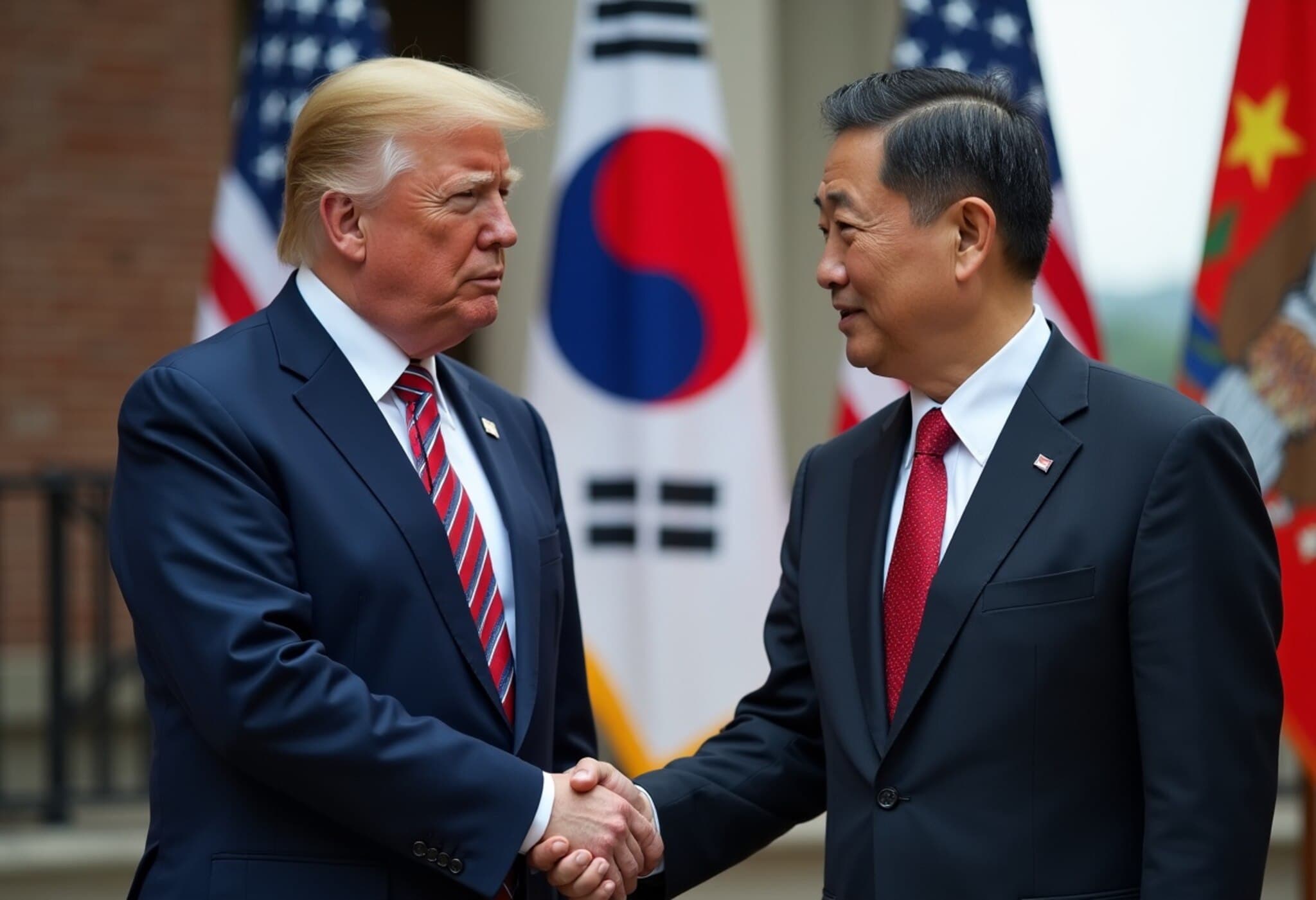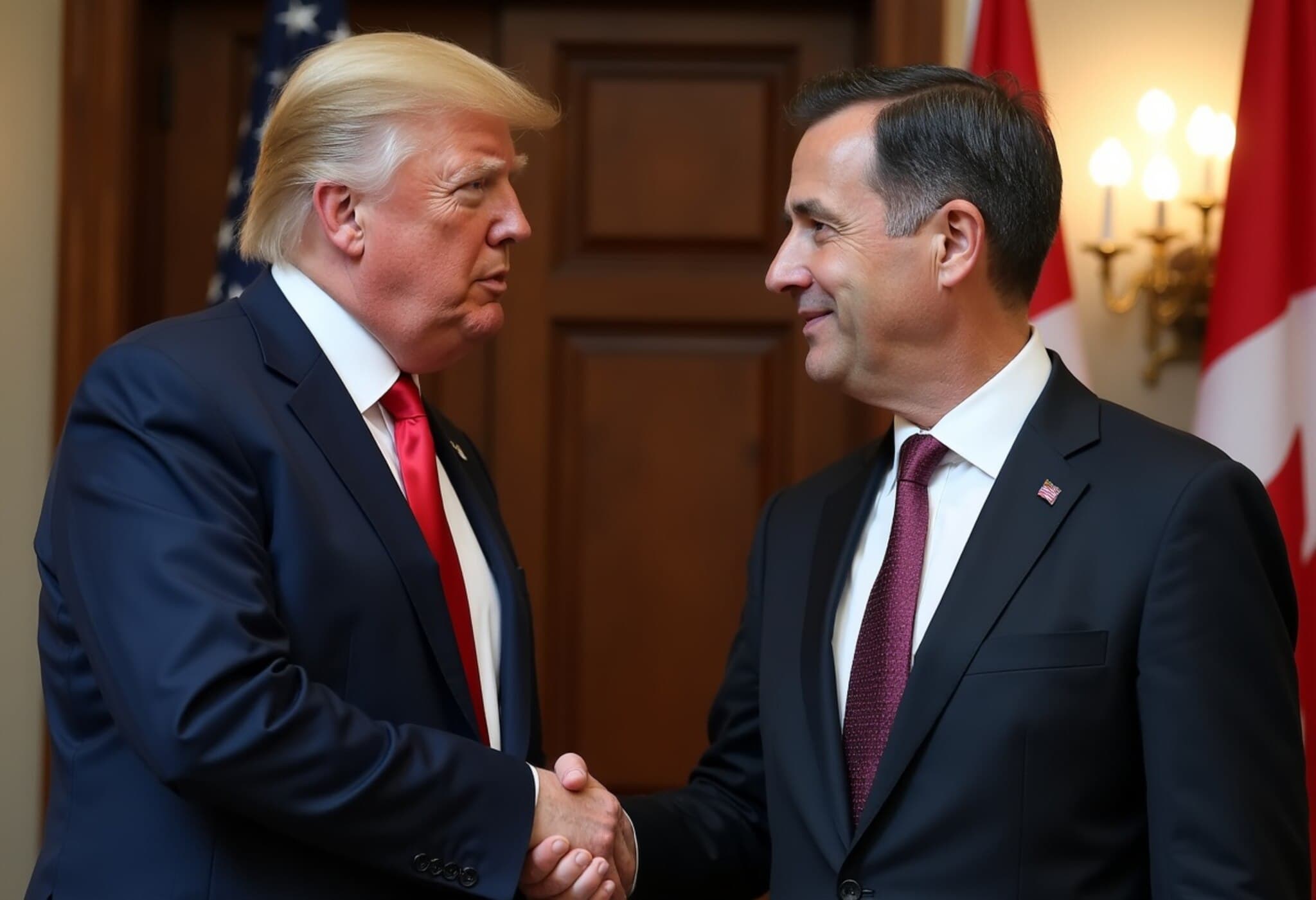Trump Imposes Steep 35% Tariffs on Canadian Goods Starting August 1
In a sharp escalation of trade tensions, US President Donald Trump declared on July 11, 2025, that a 35% tariff will be imposed on Canadian exports entering the United States starting August 1. This pronounced move marks the latest episode in an ongoing tariff dispute, adding complexity to the US-Canada economic relationship.
Background: Renewed Trade Frictions Amid Attempts at Negotiation
The announcement came via a letter directed to Canadian Prime Minister Mark Carney, posted publicly on Trump's Truth Social platform. In the letter, President Trump accused Canada of retaliating with tariffs of its own instead of cooperating with US trade initiatives. This aggressive tariff will be applied on top of existing sectoral duties, signaling a hardline stance.
This action is part of a broader directive from Trump, who since the previous Monday has issued over 20 similar tariff letters, underscoring his administration's approach of setting unilateral "reciprocal" tariffs while ongoing trade negotiations continue. Such tactics reflect a wider trend in US trade policy during Trump's tenure, focused on leveraging economic pressure to achieve favorable terms.
Trade Talks on Digital Taxation: A Key Flashpoint
The tariff escalation follows last month’s resumption of trade discussions between the two nations, which had stalled over Canada’s proposed digital services tax targeted at major US technology companies. Prime Minister Carney eventually revoked the tax to smooth negotiations.
According to Reuters sources and White House officials, Trump had pressed Canada to abandon the digital tax agenda during a G7 summit in June, framing the withdrawal as a precondition to resume constructive dialogue.
"They’ve studied it and agreed to drop the digital tax, which opens the door back to meaningful trade negotiations," Trump was quoted as saying, underscoring the US administration's focus on protecting American tech firms.
The Economic Stakes: Canada-US Trade Relations in Numbers
Canada holds the status of the United States’ second-largest trading partner after Mexico, with a bilateral exchange involving hundreds of billions of dollars annually. In 2024, Canada purchased $349.4 billion worth of goods from the US, while exporting $412.7 billion in return, according to US Census Bureau data.
However, recent figures from Statistics Canada reveal that trade between the two has suffered due to the escalating tariff conflict, with US-bound Canadian exports declining for the fourth straight month as of May 2025. Interestingly, Canada has been pivoting by boosting shipments to other global markets, achieving record export levels outside the US.
This shift has led to the proportion of Canadian exports going to the US falling from an average of 75.9% down to 68.3%, one of the lowest shares in recent history. This diversification suggests Canadian exporters are actively mitigating risks posed by ongoing trade disputes.
Expert Insight: What This Means for North American Trade Dynamics
Trade analysts point out that escalating tariffs at this scale introduce significant uncertainty into the North American supply chain and consumer markets. While the administration's tariffs aim to protect domestic industries, they risk increasing costs for US consumers and businesses reliant on Canadian imports.
Moreover, this confrontation could strain the US-Canada partnership, historically one of the world’s most integrated and mutually beneficial economic relationships. Economists advise that prolonged tariff wars often hinder innovation and economic growth, urging policymakers to seek sustainable compromise.
Looking Ahead: The Path Forward Amid Rising Protectionism
With the August 1 imposition date looming, stakeholders on both sides face pressure to resolve underlying disagreements, particularly around digital taxation and trade fairness. Failure to reach an accord may provoke further retaliatory measures, complicating an already volatile trade environment.
Given the economic interdependence between the US and Canada, the coming weeks are crucial for restoring a cooperative framework that supports growth and stability in North America.
Editor’s Note
The newly announced 35% tariffs signal a pronounced stumble in US-Canada trade relations, affecting millions of businesses and consumers. This episode underscores the fragility of global trade ties amid rising protectionist policies. Readers should consider how such moves imprint not just on bilateral relations but also on broader themes like supply chain resilience, economic diversification, and geopolitical strategy in the Americas.
Future developments will reveal whether negotiation can overcome tariffs or if the dispute will escalate into a wider economic confrontation with lasting repercussions.



















